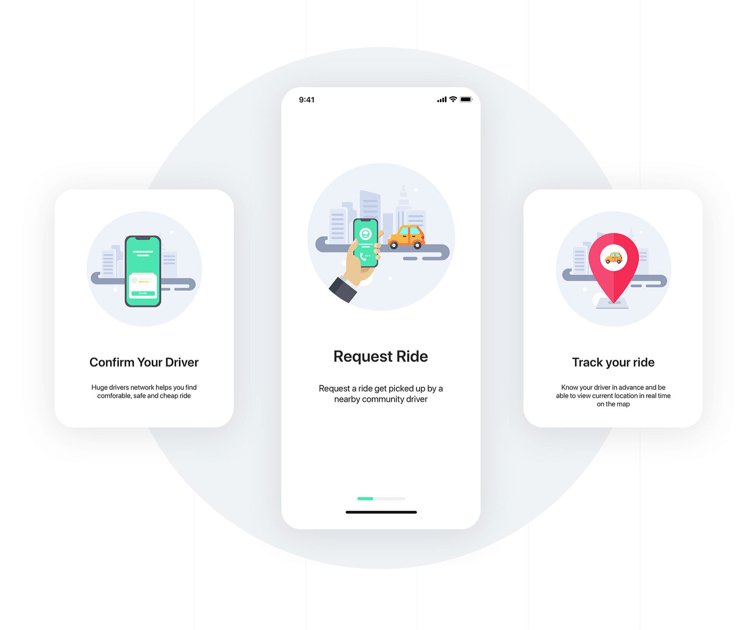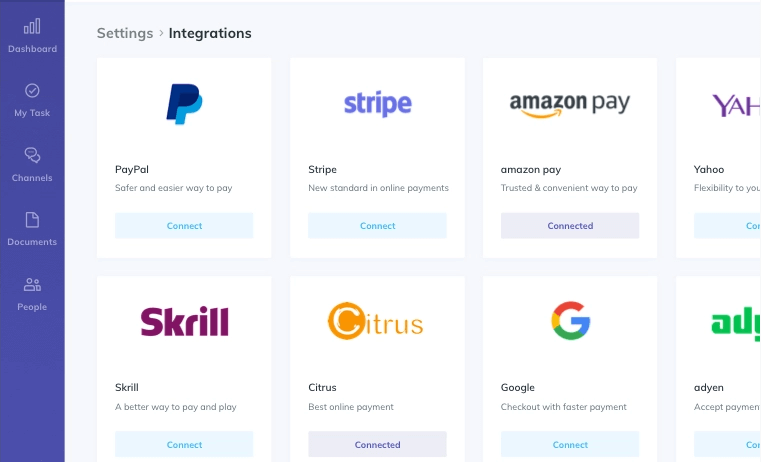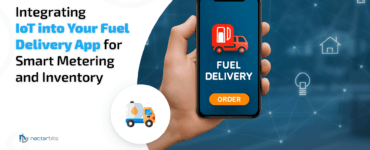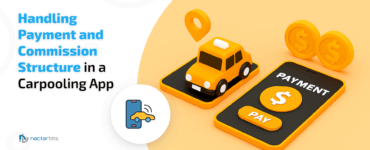Rewind your tape- take a look a decade back when the concept of booking a taxi at the fingertips was beyond the imagination for the people. The traditional taxi businesses were operating at optimal speed with a lot of chaos and user’s fuss involved. Thanks to Uber-like taxi services that have revolutionized the traditional taxi business concept and enabled the easy and quick booking at cheaper rates.

The story is not over here. The increasing number of bookings and huge revenue inspired other taxi businesses to join the taxi app development race. Consequently, the number of mobile taxi solutions gets uplifted in the market and the competition becomes fierce. It doesn’t signal there is no space for the traditional taxi business because the regional territories are still unexplored and left to be transformed with a taxi dispatch solution.
Read more: White-label Taxi Application Vs. Custom-Built App
If you are thinking of mobilizing taxi services, it’s a good idea to survive and thrive in the taxi industry. Well, the taxi apps can be built in different ways to deliver the services, gain customer loyalty, and seize an extra edge in the market.
Take a glance at the ways you can extend the traditional taxi business digitally:
- Mobile extension: The traditional taxi business having its own fleets can enhance the services with mobile app development where the passengers can book the taxi and use other services at the fingertips. There is a platform to handle the drivers, fleets, and passenger bookings from the backend.
- Uber-like app: It’s for the taxi business that wants to partner with independent drivers like-Uber did and earn revenue by providing a platform to the drivers and passengers to connect, enable booking, and complete the ride. Two different interfaces- one to passenger and other for drivers are created separately with front-end and back-end development.
The leading taxi giants like- Uber, Ola, and Lyft employed the latter option which has brought immense success to them. They are recognized in the taxi industry due to convenience, reliability, and great performance they offer to the customers with a set of functionalities. Not alone the functionalities, but the technology is the real backbone that has made invaluable contributions to deliver the value.

The Myriad of the Features That Are a Must-Have for the Taxi App Development:
Real-Time Tracking
It’s a rudimentary feature of the taxi app that enables the app to continuously track the customer’s location. It allows the customers to locate the nearby taxi and send booking requests accordingly. Also, the location services help the drivers to easily locate where the customer is and get the directions to easily arrive at the pick-point. Besides, if the driver is stuck in the traffic and making a delay, then the customer can track where the driver is and know the reason for a delay like- traffic jam.
Note: The permission to share the location data must be provided by the customers to enable location tracking. The app should ask for the same in the beginning.

Images Source: dribbble.com
Map Integration
Tracking the customer’s location or driver’s location on the map is integral for the best navigation experience. That’s why the leading taxi players providing the services globally own a large number of mapping assets and location data sources.
For instance, Uber leverages the Apple MapKit framework to embed map interface in the iOS apps and Google’s location APIs to enable a map interface in the Android apps.
Notifications
The informed delays are better than unknown delays. The messages when delivered on time keep the customers stay informed and won’t burst them into fumes when any delay or changes come up in the ride-booking. That’s where the notification feature help.
The taxi app should keep the rider updated with notifications like- booking acceptance by drivers, ride cancellation by driver or rider, car arrival to the rider, fare update to the rider, or surge in car rents.
The notifications come in various forms such as push notification, SMS, alerts, messages, or emails. Mainly, push notifications and text notifications are used to update the customers where the former one is found more appealing and noticeable to the customers. The latter form of the notification works great when the internet connection is low or not available so that the customer will be informed at the right time.
The Apple push notification service is leveraged for iOS app development and Google cloud messaging platform for the Android apps. For the text notifications, Twilio, Kitty, Plivo, and Nexmo platforms can be used.
In-App Communication
Many times, the rider required to be in direct communication with the drivers, where enabling the in-app messaging option works great. It allows riders and drivers to connect and make things clear without needing support or assistance from customer support. For instance, the rider can ask the driver for extra accessories for the ride like- babysitting chair, and others. Also, the rider can guide the driver to reach the pickup point from the shortest path.
The message exchange between apps that takes place over internet connection follows a data traveling protocol where the message is delivered to discrete destination points through the app server. The end-to-end encryption layer is optional- it can be enabled or disabled by the service provider.
Auto Fare Generation
To avoid the conflicts raised at the end of the ride regarding unfair fares, the app should eliminate the surprising fare scenario by estimating the total fare for the ride before even commencing the journey. The taxi dispatch app calculates the fare based on the distance traveled multiplied by the cost per mile or cost per minute according to the pricing structure along with overheads such as a surge in price during peak hours, surcharges, toll tax, and others.

Payment Integration
As society is going cashless, the customers prefer paying by their cards instead of taking out the cash from the wallet. Adding multiple payment options to the app helps in serving the customers with different payment mode preferences. Pay with cash, pay through credit or debit cards, and mobile wallets are some of the payment options that can be implemented.
Managing the online payment is no easy task, that’s where payment gateway such as Stripe, Braintree, and PayU comes to rescue. The payment gateways make the payment more user-friendly while managing the lower level of complexity of the transactions, and crucial payment information storage. It ensures card information security in addition to a seamless payment experience.
Rating and Review System
The feedback plays a key role in revealing what’s delighting the customers, what’s ok, and what they dislike. The information gives insights into different services that taxi apps are offering.
For instance, the customers can rate and provide feedback for navigation, timely pickup, driver, cleanliness, and others, which help taxi companies to improve the service accordingly. The prompt response to the user’s feedback by sending a text message or email makes the customer feel that the company value the feedback and concerned about the quality of the services.
Infrastructure
To ensure the smooth communication between frontend and backend, the cloud infrastructure should be leveraged that securely store the data and process a large number of queries at speed. Besides, the right caching and queuing, virtual machines, distributed storage and analytics, safety configurations, and mapping visualizations must be employed.
Going ahead, for the web and mobile app, the programming language, web server, building, state handling, rendering, architecture, testing type, and storage must be used judiciously to get build the right app.
Driver Friendly Features
In addition to earning customers loyalty, making the drivers happy is equally important for the taxi business to keep the vehicles moving. This is why the taxi companies offer perks to the drivers and simplify the driving with a slew of features.
For instance, the drivers can be made to complete more rides by giving a bonus for finishing, say 20 rides. The drivers can ‘pause’ new ride requests without needing to log off the app. The drivers can charge extra to the customers when they are late for the ride. The drivers can cash out the earnings anytime, anywhere.
Epilogue
The customers are the lifeblood of the taxi business and when they have gone mobile, then there is no point in not taking the taxi business to the customer’s mobile. There is a dire need of giving a technical makeover to the traditional taxi business, else your business soon becomes an extinct species in the market.
Team up with a taxi app development service provider to get a custom taxi solution matching your taxi business service needs. Also, make certain to include the list of fundamental functionalities along with the right technology stack to ensure flawless performance for the long term. Cherish the success by keeping everything right from the get-go.









